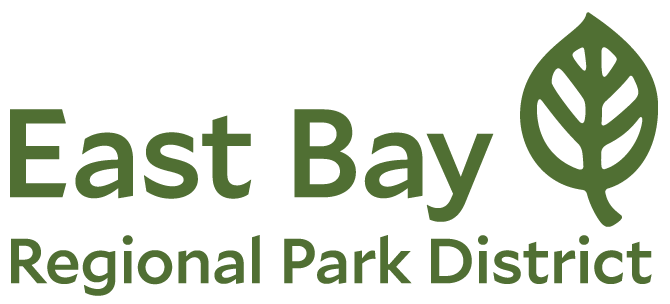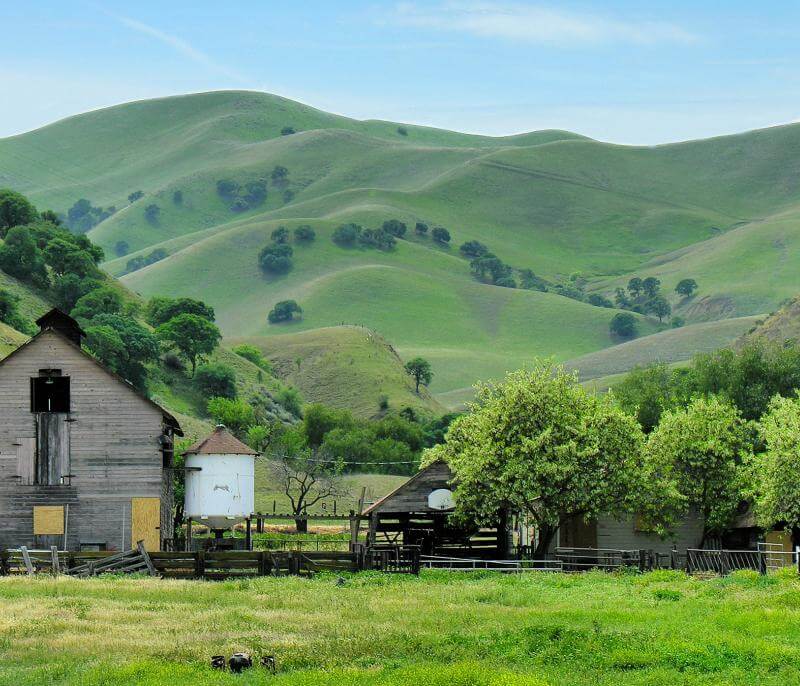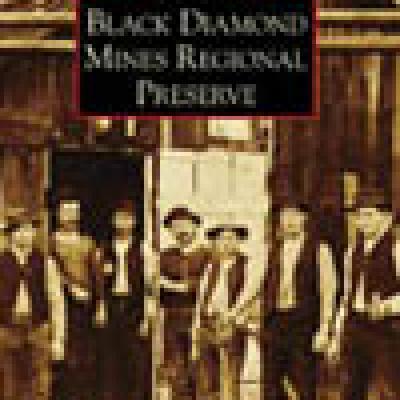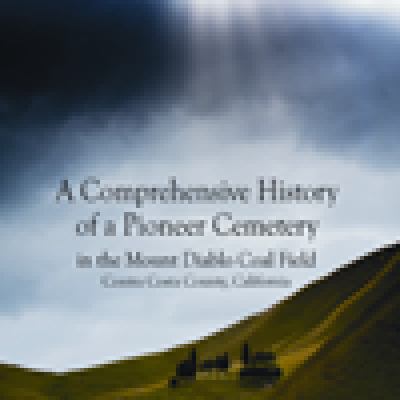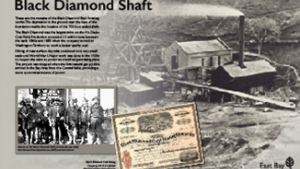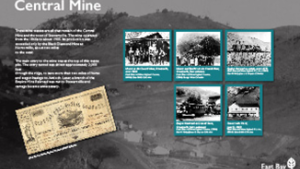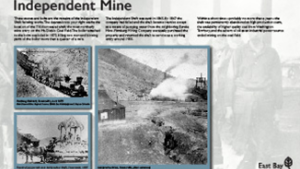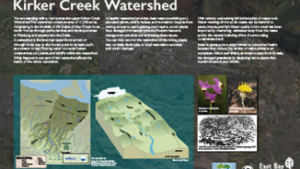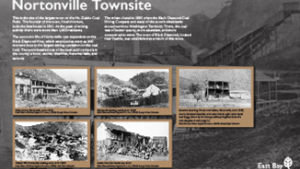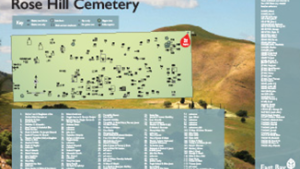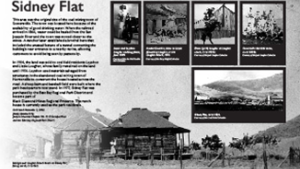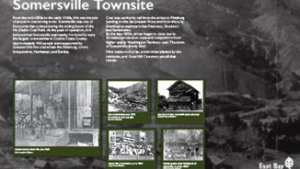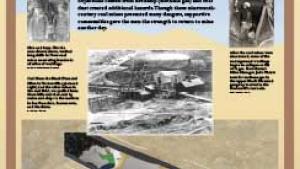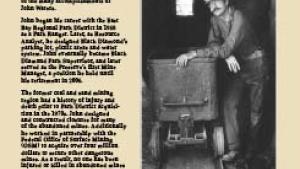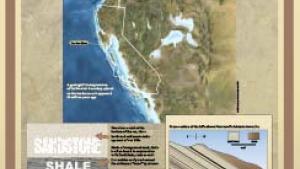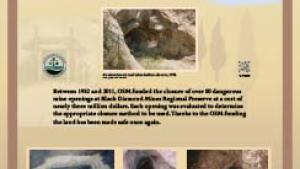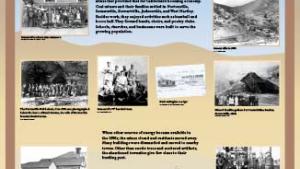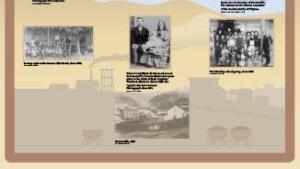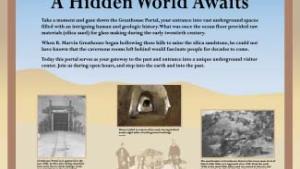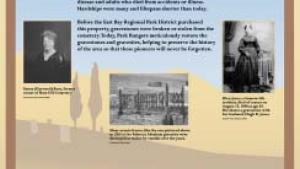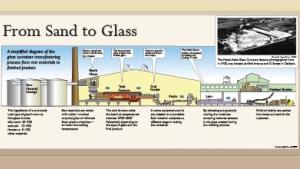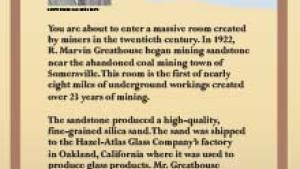Overview
Park/Gate Hours:
Jan. 1 – Jan 31: 8:00 a.m. - 5:00 p.m.
Feb. 1 -- Mar. 8: 8:00 a.m. - 6:00 p.m.
Mar. 9 -- Apr. 13: 8:00 a.m. - 7:00 p.m.
Apr. 14 -- Sept. 1: 8:00 a.m. - 8:00 p.m.
Sept. 2 – Oct. 12: 8:00 a.m. - 7:00 p.m.
Oct 13 – Nov. 1: 8:00 a.m. - 6:00 p.m.
Nov. 2-- Dec.31: 8:00 a.m. - 5:00 p.m.
Greathouse Visitor Center:
Temporarily closed
Parking:
$5 per vehicle (when the kiosk is attended - seasonal, weekends and some holidays).
$4 per trailered vehicle.
Buses: $25/per bus.
Black Diamond Mining History Tour - Mine tours unavailable until further notice
Hazel Atlas Mine Tour - Mine tours unavailable until further notice
Coal Mine Experience Tour - Mine tours unavailable until further notice
5175 Somersville Road Antioch, CA 94509
(510) 544-2750
Toll Free: 888-EBPARKS (888-327-2757), option 3, extension 4506
Internet & Cellular Access

Public WiFi is not available.
Check AT&T, T-Mobile & Verizon Coverage.
Select 'Map Layers' and switch on 'No Data Coverage Areas'
Park Activities
The East Bay Regional Park District began acquiring land for Black Diamond Mines Regional Preserve in the early 1970s. Today, most of the mining district is within the Preserve's nearly 8,533 acres. The area is an ideal location for hiking, picnicking and nature study. Naturalists conduct a variety of programs relating the Preserve's natural and historic resources. For information phone (510) 544-2750.
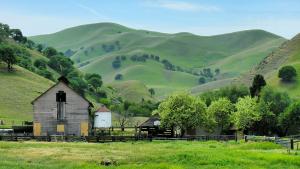
Black Diamond Mines Naturalist Programs
Join us for our monthly programs!
To Reach The Park
Maps
Park Accessibility
If you would like to request an accommodation to access the Visitor Center, experience exhibits and videos, shop in the gift store, or participate in a mine tour, please call ahead at (510) 544-2750. Please give at least 1-week advanced notice for accommodation requests.
The Greathouse Visitor Center is wheelchair accessible. There are also ADA-accessible restrooms and an accessible water fountain in the upper parking lot.
Service animals are allowed on guided underground mine tours. Emotional support animals are not. Service animals should be comfortable with tight passageways and close proximity to people and perhaps other service animals.
Attractions
Greathouse Visitor Center
Temporarily Closed
The Greathouse Visitor Center is located in an underground chamber excavated in the mid-1920s. View the workings of a 20th-century sand mine and learn about the lives of 19th-century coal and 20th-century sand miners. The center contains displays, photographs, and artifacts related to the park’s coal and sand mining eras.
Admission is free. Parking fee is $5 per vehicle on weekends and holidays, when the kiosk is attended (Visa/Master Card, cash or check only). For more information, call (510) 544-2750. Please note that while dogs on leash are allowed in the Greathouse Visitor Center, they are not permitted on Mine Tours. The Greathouse Visitor Center is located ¼ mile past the upper parking lot along a partially paved, partially gravel trail with some incline.
Coal Mine Experience Tour
Unavailable until further notice
In the late 19th century, people from around the world arrived in the Mount Diablo Coal Field in search of a new life and new opportunities. Discover the stories of miners who toiled underground as you experience a replica coal mine. We’ll discuss the dangers of working deep in the layers of the Earth and explore the area’s fascinating geology. For safety reasons, you may tour the mine only as part of a guided tour and all participants must be at least seven years old.
30 minute Coal Mine Experience tours are offered on Saturdays and Sundays (Year Round). Advanced reservations highly recommended. Tour groups are limited to 15 people and meet outside the Greathouse Visitor Center.
Tour route is flat along hard packed dirt. Total tour length is approx. ¼ mile (plus the distance to and from the Greathouse Visitor Center).
Hazel-Atlas Sand Mine Tour
Unavailable until further notice
Hard as rock, fragile as glass. In the early 20th century, the Hazel-Atlas Sand Mine was a critical link in the process to create glass. Discover the stories of the miners who removed the rock that once was an ancient seabed and is now part of your everyday life. For safety reasons, you may tour the mine only as part of a guided tour and all participants must be at least seven years old.
1 hour Hazel Atlas Mine Tours are offered on Saturdays and Sundays (Year Round). Advanced reservations highly recommended. Tour groups are limited to 15 people and meet outside the Greathouse Visitor Center.
The first part of the tour route is ¼ mile above ground with moderate incline along a gravel trail. The underground portion is ¼ mile long with uneven terrain caused by underground railroad tracks that run the entire length of the tour. Total tour length is approximately ½ mile (plus the ½ mile roundtrip distance to and from the Greathouse Visitor Center).
Black Diamond Mining History Tour
Unavailable until further notice
Beneath these hills is a history of industry, innovation, and perseverance. Join us as we explore both eras of mining that occurred here in the 19th and 20th centuries. Participants will tour both the Coal Mine Experience and the Hazel Atlas Mine. For safety reasons, you may tour the mine only as part of a guided tour and all participants must be at least seven years old.
1.5 hour Black Diamond Mining History Tours are offered on Saturdays and Sundays (Year Round). Advanced reservations highly recommended. Tour groups are limited to 15 and meet outside the Greathouse Visitor Center.
This tour is a combined tour of the Hazel-Atlas Sand Mine Tour and the Coal Mine Experience Tour. The first part of the tour route is ¼ mile underground along flat, hard packed dirt. Then you will head above ground for ¼ mile with moderate incline along a gravel trail. Next, you will head underground again for ¼ mile journey along uneven terrain caused by railroad tracks, that run the entire length of the tour. At the end of the tour, it is a ¼ mile journey back to the upper parking lot along partially paved, partially gravel trail with moderate incline. Total tour length is approx. ¾-1 mile (plus the ½ mile roundtrip distance to and from the Greathouse Visitor Center).
Rose Hill Cemetery
Although little remains of the coal mining communities, a historic cemetery serves as a monument to the lives of the former residents. Buried here are children who died in epidemics, women who died in childbirth, and men who died in mining disasters and of other things. Although over 10 nationalities resided in the mining area, Rose Hill Cemetery was a Protestant burial ground, and many of the people buried here were Welsh.
Over the years, vandalism has taken its toll on the cemetery, which the Park District is attempting to restore. If you have information concerning people buried here or the location of missing gravestones, please call the Black Diamond office at (510) 544-2750.
- Download: List of individuals buried in Rose Hill Cemetery (PDF). (200KB, 9 pp, - Last updated: 07/2009)
- Download: Rose Hill Cemetery (PDF)
- Download: Cementerio de Rose Hill (PDF)
Natural Features
Vegetation: The Preserve's 65 miles of trails traverse areas of grassland, foothill woodland, mixed evergreen forest, chaparral, stream vegetation and exotic plantings. Notable among the latter are several tree species introduced by the coal miners. These include the black locust, pepper tree, almond, eucalyptus and tree of heaven.
Black Diamond is noted as the northernmost location of Coulter pine, black sage, desert olive, and dudleya. In addition, several species that are restricted to the Mt. Diablo area occur here, including the Mt. Diablo globe lily, Mt. Diablo helianthella and Mt. Diablo manzanita. In the springtime, the hills are covered with some of the most remarkable wildflower displays in the Bay Area.
Wildlife: Black Diamond supports a healthy wildlife population. Coyotes and snakes are commonly seen. Mountain lions, bobcats, foxes and deer are occasionally spotted, while birds of prey soar overhead. Over 100 species of birds have been seen, from the rare golden eagle to the ever-present meadowlark.
The side-blotched lizard has its northern limit in the Preserve, and one rare animal species has been found here, the Alameda whipsnake.
Camping
There are two camping areas in Black Diamond Mines Regional Preserve. Reservations are required for both. Group and backpacking campsites cannot be reserved online, contact Reservations to reserve. View the Camping page for more information.
Star Mine Group Camp Area is available all year for organized, educational groups only. It can accommodate up to 35 people. It is located in a grassland/oak woodland community at the eastern edge of the Preserve. Overnight camping is limited to two nights. Parking (maximum eight cars), picnic tables and a pit toilet are available at the site. Campers must bring in their own water and haul out their own garbage. No water is available at the site. Group camping reservations must be made at least three (3) business days in advance.
Stewartville Backpack Camp is for the general public. The fee is $5 per night per person. Camping is limited to two nights during the spring, summer, and fall. There is room for 20 campers. Picnic tables and a pit toilet are available, as well as water for horses (the water is non-potable and must be filtered or treated for human consumption). The camp is located near the junction of Stewartville and Upper Oil Canyon trails, 3.2 miles from the Preserve headquarters parking lot. Backpacking reservations music be made at least two (2) business days in advance.
Naturalist Programs
Park naturalists provide a variety of programs relating to the preserve's natural and cultural history. For information on upcoming programs please call (510) 544-2750 or send an e-mail to bdvisit@ebparks.org.
Upcoming Events
History
Indians
Native Americans have lived in the greater Bay Area for thousands of years. Black Diamond was located in the backcountry between three tribes: Chupcan (Concord), Volvon (Clayton) and Ompin (Pittsburg). All three nations spoke the Bay Miwok language. With the arrival of Spanish, Mexican and American settlers after 1772, the Bay Miwok way of life changed rapidly.
Ranching
Until the discovery of coal, cattle ranching was the major industry in this area. After the mines closed, some miners found a new career in ranching. Abandoned mining town buildings became barns, railroad ties were used as fence posts, and boilers were converted into water troughs. Descendants of original mining families still graze cattle in the Preserve.
Coal Mining
From the 1860s through the turn of the last century, five coal mining towns thrived in the Black Diamond area: Nortonville, Somersville, Stewartville, West Hartley, and Judsonville. As the location of California's largest coal mining operation, nearly four million tons of coal ("black diamonds") were removed from the earth. The residents of the mining towns were from all over the world, and their life was characterized by hard work and long hours. Occasional celebrations and a variety of organizations and social activities served to alleviate the drudgery of daily existence.
The coal mines had a significant impact on California's economy. By the time operations ceased due to rising production costs and the exploitation of new energy sources, much of California's economy had been transformed from a rural to an industrial base.
Sand Mining
In the 1920s underground mining for sand began near the deserted Nortonville and Somersville townsites. The Somersville mine supplied sand used in glass making by the Hazel-Atlas Glass Company in Oakland, while the Nortonville mine supplied the Columbia Steel Works with foundry (casting) sand. Competition from Belgian glass and the closing of the steel foundry ended the sand mining by 1949. Altogether, more than 1.8 million tons of sand had been mined.
Resources
Activity Book
Junior Ranger Activity Book - English (PDF)
Junior Ranger Activity Book - Spanish (PDF)
